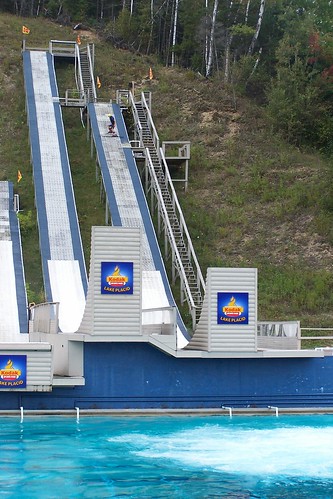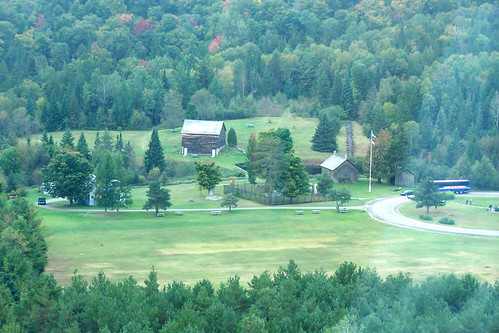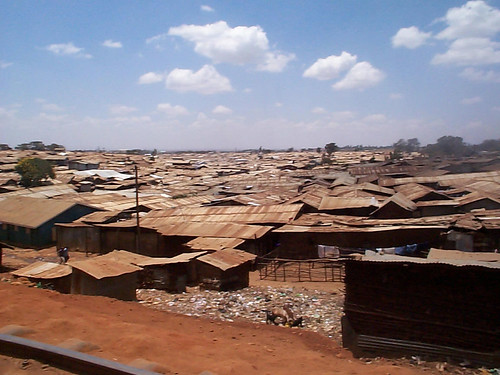My daughter Julia just returned to Kenya after a two week stay in Tanzania. I want to relate some of her adventures. She spent a couple days living with the Hadza people. Ok, what follows, in italics, I stole from the internet.
The Hadza still live in bands, hunting with bows and arrows, gathering roots, tubers and wild fruits, as man lived 10,000 years ago. About thirty years ago, the Tanzanian government tried to change the lifestyle of the last remaining bands of bushmen who inhabited the inhospitable region of the Lake Eyasi basin. They forced the bushmen to settle down, gave them livestock, grain and tools, and left them to cultivate the land. The settling program was a failure as the Hadza, who had always been hunters, lacked the knowledge or inclination to be successful at agriculture. Once the livestock and grain were gone, they returned to the bush, and regained their primitive status as free people.
Today they are still there, although fighting a losing battle against the progress that will eventually force the extinction of a life style which has been almost unchanged since the Paleolithic. The Hadza speak a click-language, they don't have chiefs, houses, or a political system, and they roam the land in small bands with little sense of tribe. Bali may be a dialect. They hunt baboons, gazelles, and dik diks (small antelope-like creatures) which are still available today. They share their land with another remarkable tribe, the Barabaig or Datoga. They are located quite a distance northwest of the Sandawe, southeast of Lake Victoria, Singida, Arusha, and Shinyanga regions, in the Lake Eyasi region. However, pressures from outside are resulting in less land, food and more disease. They are quite possibly the last hunter gatherers. Julia and some of her classmates went out hunting with a couple of Hadza guides. They spent about 2 hrs trekking through the savannah without finding anything to shoot. So the Hadza decided they should look for honey. They followed a bird to a tree that was filled with honeycomb. They (the Hadza I presume) built a fire using a stick and their hands. They smoked the bees out of the tree and scooped out handfuls of honeycomb to munch on. Afterwards they proceeded to hunt some more. However, the Hadza guides had the girls stay put on some rocks while they went off alone. As Julia related to me "....they went scampering around and then they got really excited and we heard the snap of a bow, and then they yelled for us to come to them (oh by the way they only spoke Swahili, so we had minimal communication with them), when we rounded the corner coming down from the rocks we saw a huge porcupine dead and a little baby that was also dead, the Hadza were psyched. Then they found another baby porcupine alive and took that too. They built a fire and butchered the porcupine, with our help of course, well we were kind of minimal help, but we pulled some quills out of it and then each took a turn using a wooden stick to beat some quills off of the mother porcupine. Then the Hadza gave us each a taste of porcupine which was pretty gross..."
What a girl!




